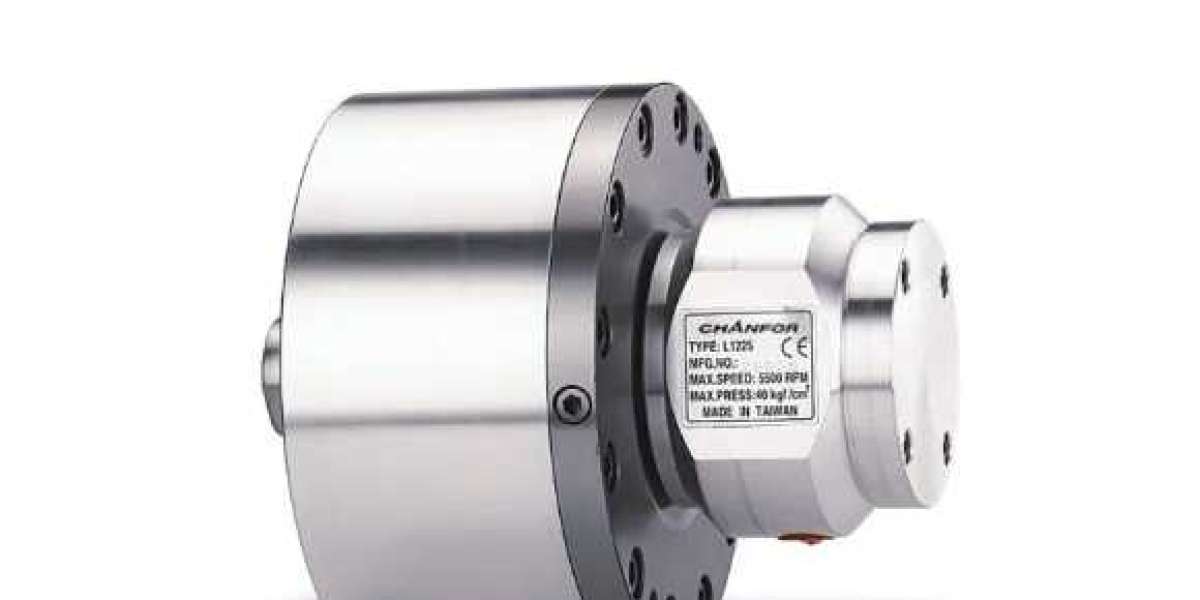Hydraulic cylinders are essential components in various industries, providing linear force and motion in a wide range of applications. One type of hydraulic cylinder that stands out for its unique design and functionality is the solid rotary hydraulic cylinder. In this blog, we will explore the inner workings of solid rotary hydraulic cylinders, their applications, and the advantages they offer.
I. Understanding Solid Rotary Hydraulic Cylinders
A. Definition and Purpose
Solid rotary hydraulic cylinders, also known as rotary actuators, are hydraulic devices that convert hydraulic pressure into rotational motion. They are designed to provide precise and controlled rotary movement in applications where linear motion is not sufficient.
B. Components and Construction
1. Cylinder Body: The cylinder body houses the piston, seals, and other internal components. It is typically made of high-strength materials such as steel or aluminum alloy to withstand high pressures and loads.
2. Piston: The piston is a crucial component that converts hydraulic pressure into rotational force. It is connected to the cylinder body through a shaft and is responsible for generating torque.
3. Seals: Seals are used to prevent hydraulic fluid leakage and maintain the necessary pressure within the cylinder. They are typically made of materials such as rubber or polyurethane.

II. Working Principles of Solid Rotary Hydraulic Cylinders
A. Hydraulic Fluid Flow
1. Inlet and Outlet Ports: Hydraulic fluid enters the cylinder through an inlet port and exits through an outlet port. These ports are connected to a hydraulic power unit that supplies the necessary fluid and pressure.
2. Control Valves: Control valves regulate the flow of hydraulic fluid into and out of the cylinder, enabling precise control over the rotary motion.
B. Piston Movement
1. Extension Stroke: When hydraulic fluid is supplied to the cylinder, it enters the chamber behind the piston, exerting pressure and causing the piston to extend. This extension stroke generates rotational force.
2. Retraction Stroke: To retract the piston, the control valves redirect the flow of hydraulic fluid to the opposite side of the piston. The pressure differential causes the piston to retract, completing the cycle.
III. Applications of Solid Rotary Hydraulic Cylinders
A. Industrial Automation
1. Robotics: Solid rotary hydraulic cylinders are widely used in robotic systems to provide rotational motion for joints and grippers.
2. Conveyor Systems: These cylinders are employed in conveyor systems to control the movement of rotating components, such as sorting arms or diverters.
B. Construction and Heavy Machinery
1. Excavators: Solid rotary hydraulic cylinders are utilized in excavators to control the rotation of the boom, allowing for precise digging and lifting operations.
2. Cranes: These cylinders enable the rotation of crane booms, ensuring smooth and controlled movement during lifting and positioning tasks.
C. Aerospace and Defense
1. Aircraft Control Surfaces: Solid rotary hydraulic cylinders are employed in aircraft control surfaces, such as flaps and ailerons, to provide precise and reliable rotational motion.
2. Turret Systems: In military applications, solid rotary hydraulic cylinders are used in turret systems to control the rotation and elevation of weapons or sensors.

IV. Advantages of Solid Rotary Hydraulic Cylinders
A. High Torque and Power: Solid rotary hydraulic cylinders can generate significant torque, making them suitable for heavy-duty applications that require substantial rotational force.
B. Precise Control: These cylinders offer precise control over rotational motion, allowing for accurate positioning and smooth operation.
C. Compact Design: Solid rotary hydraulic cylinders have a compact design, making them ideal for applications where space is limited.
D. Durability: With their robust construction and high-strength materials, these cylinders are built to withstand harsh operating conditions and provide long-lasting performance.
Conclusion
Solid rotary hydraulic cylinders play a vital role in various industries, offering precise and controlled rotational motion. By converting hydraulic pressure into torque, these cylinders enable a wide range of applications, from industrial automation to aerospace and defense. With their high torque capabilities, precise control, compact design, and durability, solid rotary hydraulic cylinders continue to be a reliable choice for many demanding applications.
Hangzhou Chandox Tosun Import Export company focuses on selling mid-to-high-end machine tool accessories such as Taiwan Chandox hydraulic power chucks, hydraulic rotary cylinders, pneumatic chucks, steel body manual chucks, and thin chucks. We also sell Taiwan Otwell precision hydraulic vises, pneumatic vises and mechanical vises, Taiwan Lixin activity centers, Danxing and Parkson CNC turntables, Korean Xinkang special power chucks, large size power chucks and German zero clamps system.
Welcome to contatc us,if you have any need.
Email:Tosam@chandox-tosun.com








